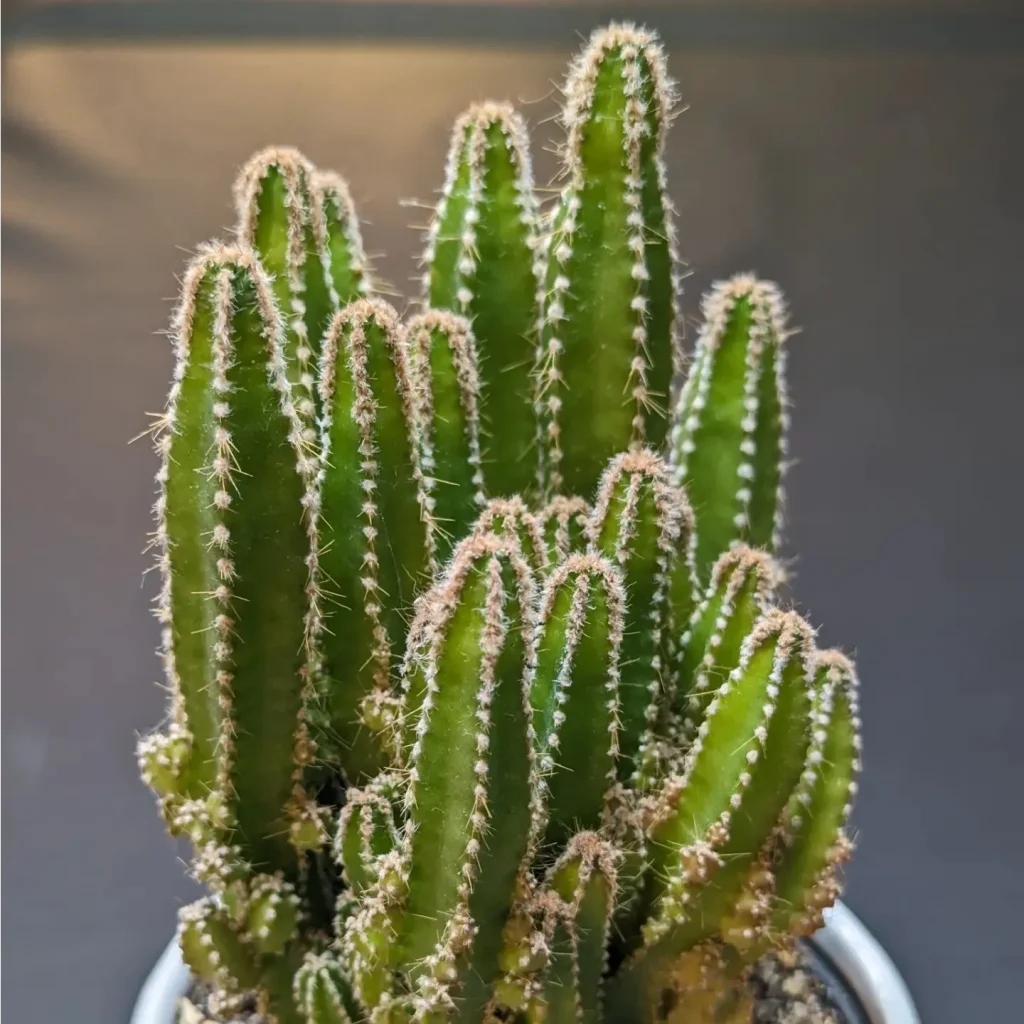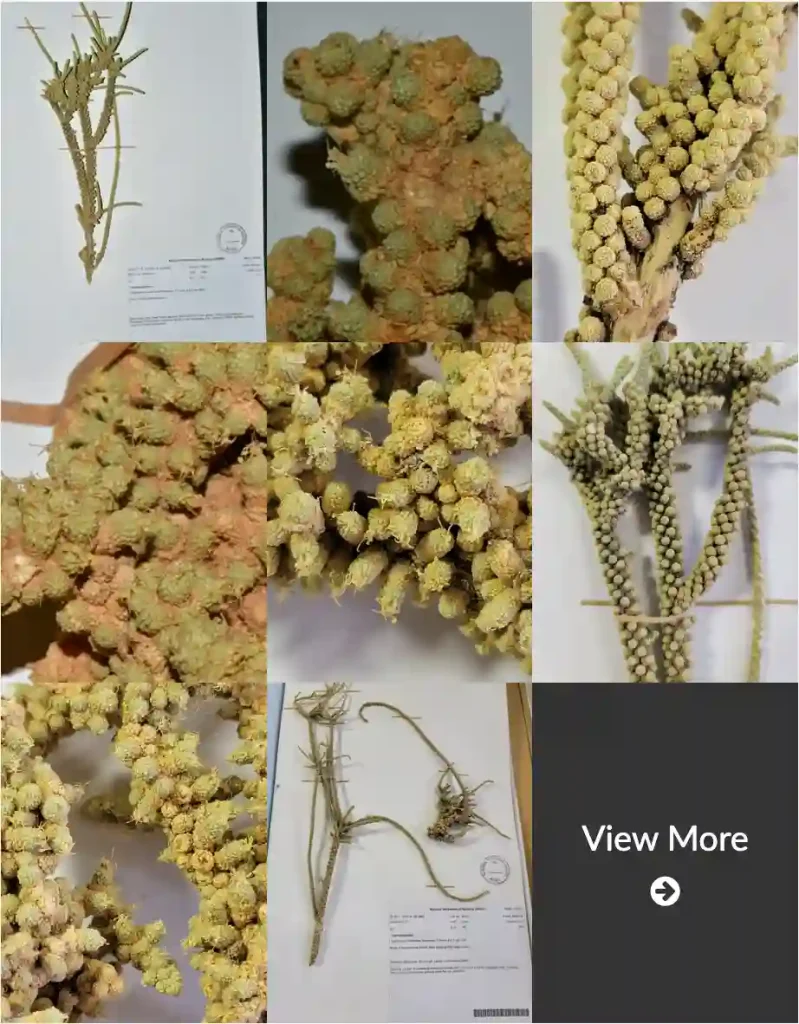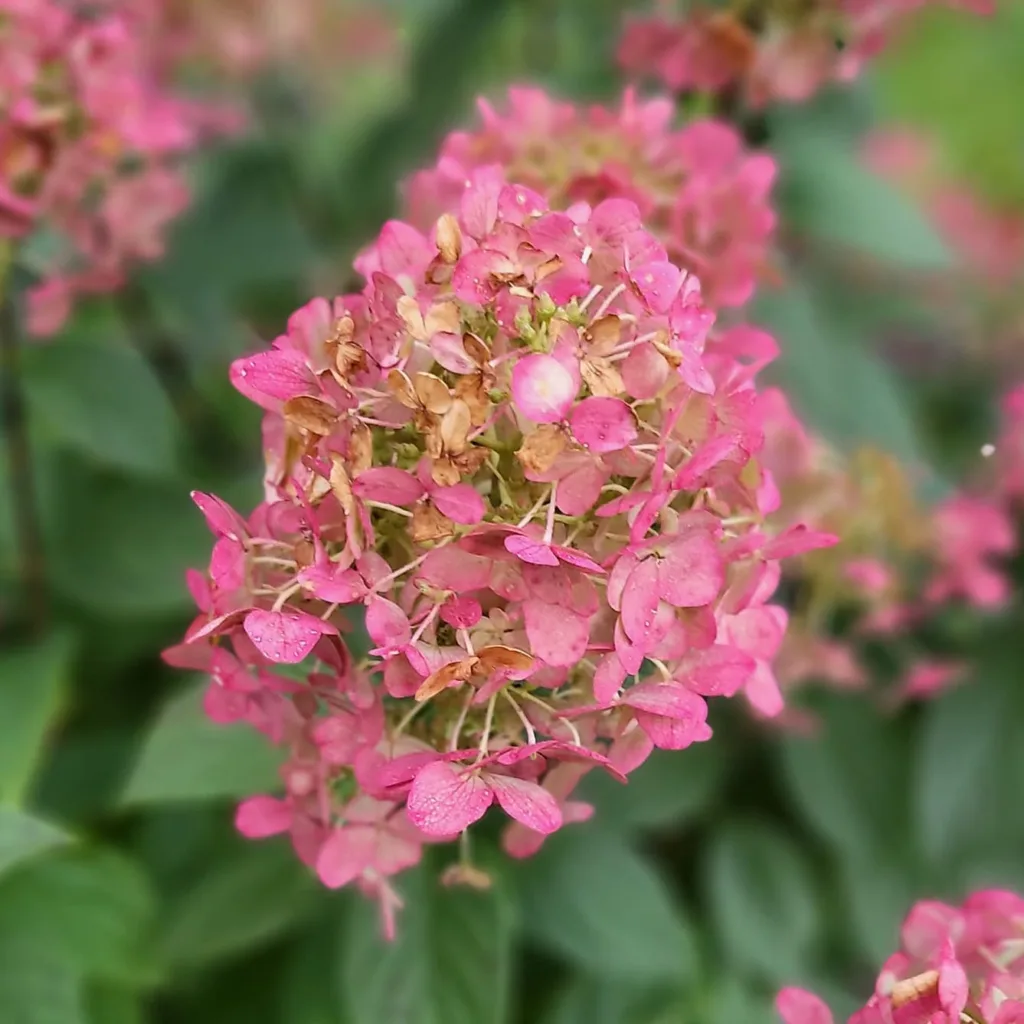FAQs About Carex Amphibola: My Experience and Insights
As a plant enthusiast, I’ve had my fair share of experiences with various species, and Carex Amphibola has become one of my favorites. Known for its versatility and attractive foliage, this plant raises a lot of questions. In this article, I’ll address common FAQs about Carex Amphibola, sharing my personal insights and tips.
2324 Species in Genus Carex
What is Carex Amphibola?
Carex Amphibola, commonly known as the amphibious sedge, is a perennial grass-like plant belonging to the Cyperaceae family. It’s native to wetlands and moist environments, which makes it an excellent choice for water gardens and borders. The plant features dense clumps of slender, arching leaves that create a lush, green appearance. I love how it can thrive in both waterlogged and drier conditions, making it incredibly adaptable.
How to Care for Carex Amphibola?
Caring for Carex Amphibola is quite straightforward, even for beginners. Here are some key care tips based on my experience:
- Light Requirements: This plant thrives in partial to full shade. While it can tolerate some sunlight, I’ve noticed that too much direct sun can scorch the leaves, so I keep mine in a spot with filtered light.
- Watering: Given its preference for wet conditions, I recommend keeping the soil consistently moist. If you’re growing it in a container, ensure it has adequate drainage to prevent root rot.
- Soil Type: Carex Amphibola prefers rich, loamy soil. I’ve found that adding organic matter, like compost, helps promote healthy growth.
- Temperature and Humidity: This plant thrives in temperate climates, with ideal temperatures ranging from 60°F to 75°F (15°C to 24°C). It enjoys humidity, so I occasionally mist it, especially during dry spells.
How to Propagate Carex Amphibola?
Propagation of Carex Amphibola can be achieved through division or by seed. Here’s how I do it:
- Division: The best time to divide the plant is in early spring or fall. I carefully dig up the clumps and separate them into smaller sections, making sure each division has roots. Replant them immediately to avoid drying out.
- Seed Propagation: Although I’ve never tried growing from seed, I know it’s possible. The seeds should be sown in early spring, and I recommend keeping them moist for successful germination.
What to Plant With Carex Amphibola?
Pairing Carex Amphibola with other plants can create a stunning display. Here are a few companions that have worked well for me:
- Aquatic Plants: Given its wetland origins, it pairs beautifully with water lilies and lotus plants. The contrast of colors and textures is breathtaking.
- Perennials: I’ve combined it with hostas and ferns. Their differing heights and foliage shapes create a layered effect that enhances my garden’s visual interest.
- Ornamental Grasses: Mixing Carex with other ornamental grasses can create a dynamic look. I particularly enjoy how it looks alongside Miscanthus or Panicum.
Is Carex Amphibola Toxic?
One of the most frequently asked questions is about toxicity. I’m happy to report that Carex Amphibola is non-toxic to pets and humans. This makes it a safe choice for gardens where children or pets play.
Benefits of Carex Amphibola
Incorporating Carex Amphibola into my garden has its perks:
- Erosion Control: Its dense root system helps stabilize soil, making it an excellent choice for banks and slopes.
- Wildlife Habitat: This plant attracts various wildlife, including birds and beneficial insects. I’ve spotted many butterflies flitting around my Carex.
- Aesthetic Appeal: The lush foliage and graceful form add a beautiful touch to any landscape, whether in gardens or containers.
Common Problems with Carex Amphibola
While Carex Amphibola is relatively low-maintenance, it can face some issues:
- Root Rot: Overwatering or poor drainage can lead to root rot. I always ensure the soil is moist but never soggy to prevent this problem.
- Pests: While not often affected, I’ve occasionally spotted aphids or spider mites. A gentle spray of water usually clears them away.
Comparing Carex Amphibola with Similar Plants
Carex Amphibola is often confused with other sedges, such as Carex Flacca and Carex Muskingumensis. Here’s a quick comparison based on my observations:
- Carex Flacca: This plant has a more upright growth habit and prefers drier soils. It’s not as adaptable as Carex Amphibola.
- Carex Muskingumensis: Also known as the palm sedge, it has broader leaves and thrives in similar moist conditions. However, its growth can be more aggressive, which may overshadow Carex Amphibola.
Conclusion
Carex Amphibola is a versatile and beautiful addition to any garden. From its easy care requirements to its ability to attract wildlife, it has a lot to offer. I hope my experiences and insights help you feel more confident in caring for this wonderful plant. Whether you’re a seasoned gardener or just starting, Carex Amphibola is worth considering for your green space.
If i die, water my plants!



